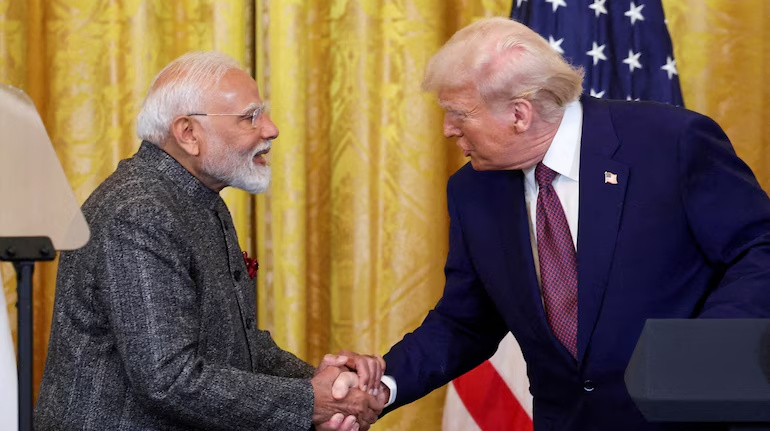GM Animal Feed Imports Focus: India–US Trade Deal Insights
- Abhishek

The GM animal feed imports topic has emerged as a pivotal point in the ongoing India US trade deal, potentially signaling a shift in India’s long-standing caution toward genetically modified products.
Why GM Feed Is Key to the Trade Deal
India and the United States are racing to finalize an interim trade deal before the U.S. imposes up to 26% tariffs on Indian goods after July 9, 2025 . The United States is pushing for broader access to its agriculture sector, including dairy, poultry, corn, soybeans, wheat, and ethanol . In return, India seeks tariff relief for its key exports like textiles, leather goods, and pharmaceuticals .
However, agriculture remains a non-negotiable area for India. It supports nearly half the population despite contributing just 16% of GDP . Farmers wield significant political influence—a factor that has blocked agricultural concessions in past trade agreements .
What Concessions Are on the Table?
A Bloomberg report suggests that India may consider allowing imports of certain processed GM farm products used exclusively in animal feed—such as soybean meal and distillers dried grains with solubles (DDGS), a byproduct of corn-based ethanol production .
These are not direct human foods and are already widely traded globally. India currently imports roughly 60% of its vegetable-oil needs from GM crops like soy and canola . The concession is being framed as a practical solution that offers flexibility: U.S. exports could land in India for industrial and feed purposes, with strict certification.
How Will GM Feed Imports Work?
Officials are reportedly discussing a self‑certification system. U.S. exporters would affirm that specific feed items meet India’s “no‑GM event” requirements. They would need to submit technical documentation, and India would assess the phytosanitary safety within six months .
This model aims to balance trade facilitation with risk control. It allows processed GM feed to enter under regulated frameworks while preventing unapproved raw GM crops from slipping into human consumption.
Stakes and Sensitivities
The debate over GM crops in India is deeply political and cultural. India currently bans domestic cultivation of GM food crops like corn and soybeans, even though it rejected GM brinjal earlier and the GM mustard case remains pending in court .
Farmers worry that cheaper U.S. feedstock could devalue local crops, undercut domestic production, and risk food sovereignty . Food safety concerns and public backlash heighten political risk.
Indian Finance Minister Nirmala Sitharaman and others have repeatedly called agriculture a “red line” in the talks . Relaxing restrictions on processed feed is seen as a narrow, targeted way to ease trade friction without opening floodgates.
Balancing Act: Economy vs. Protection
From India’s perspective, allowing GM feed imports could:
-
Maintain momentum in trade negotiations and avoid punitive tariffs.
-
Help livestock farmers and poultry sectors at lower cost.
-
Offer controlled market access, with tight regulatory safeguards.
On the U.S. side, GM feed access provides a partial but meaningful win. It addresses a key trade barrier and creates goodwill ahead of broader discussions.
Still, the deal excludes direct human food imports of GM corn, soybeans, or dairy—safeguarding local farmer livelihoods and cultural dietary norms .
Wider Implications
-
Trade Strategy
This interim deal may serve as Phase 1 in a two-stage approach, with full agriculture and industry access talks slated for autumn .
-
Geopolitical Signals
The pact aligns with India’s broader pivot—having already sealed trade agreements with the UK and preparing to engage the EU .
-
Domestic Pushback
India’s rural constituencies and farm unions remain alert. Any misstep may trigger protests akin to the 2020–21 farmer agitations .
Conclusion
By potentially allowing GM animal feed imports—restricted to processed products like soybean meal and DDGS—India may be laying the groundwork for a pragmatic India–US trade deal. This measured concession aims to preserve key safeguards for farmers and consumers while guiding negotiations past the July 9 tariff deadline.
If aligned properly, this deal could open the door to deeper cooperation across agriculture, industry, and geopolitics—without triggering domestic unrest.








